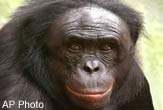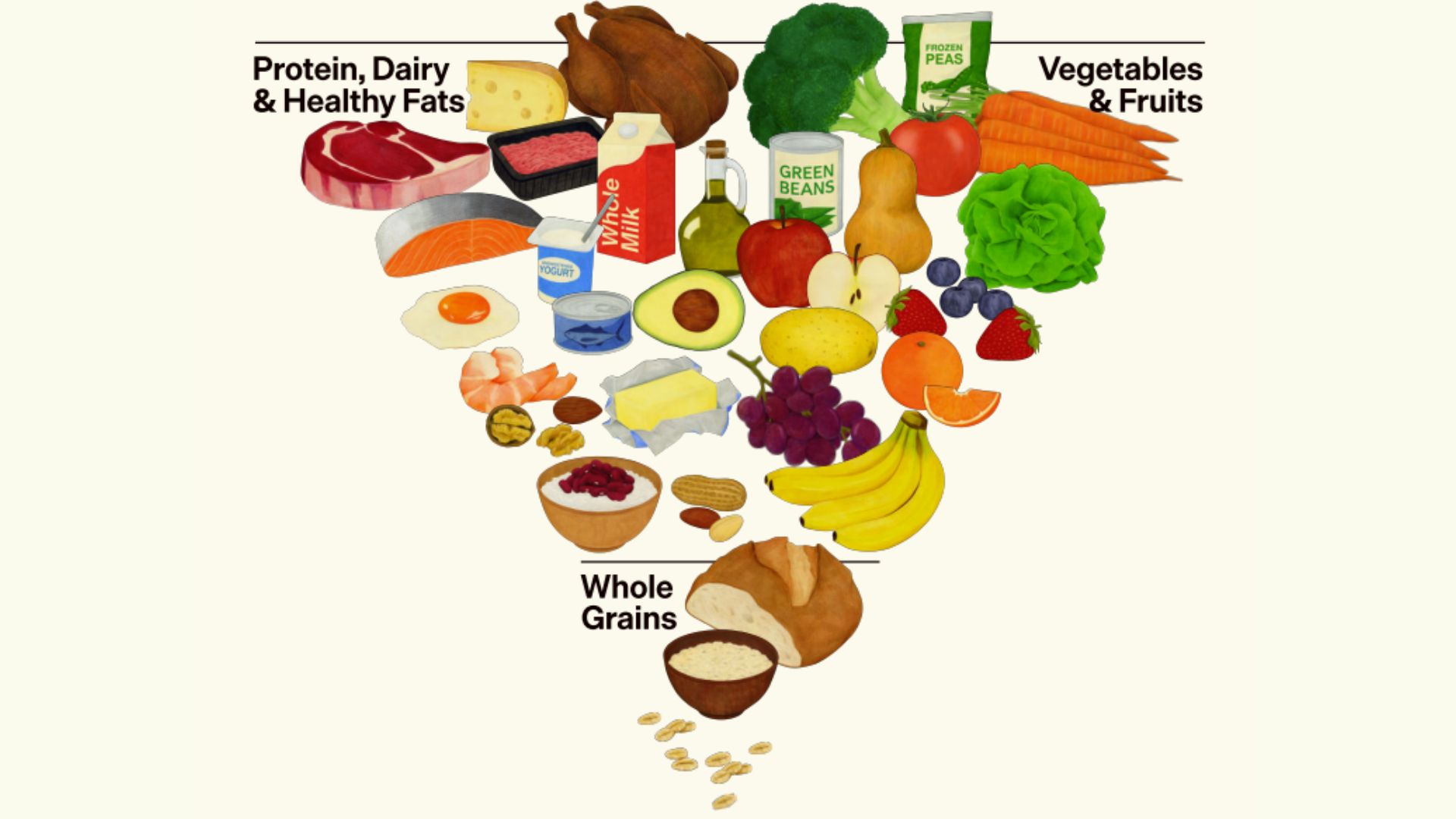Infants and Apes Remember Things Similarly

Infants and apes apparently adopt the same tactics for remembering where things are, but as children develop their strategies change, a new study shows.
The findings might reveal in part how the minds of our distant ancestors shifted gears to embark on the road toward humanity.
There are two basic strategies animals use to remember where things are. Either they remember a thing's features, such as whether it was a banana, or they remember its place in space, such as left.
All animals scientists have tested seem to employ both strategies. However, if experiments are rigged such that animals had to choose between the tactics, some species, such as chickens and toads, prefer a feature-based strategy. Others, such as fish and dogs, favor a place-based strategy.
Almost human
Researcher Daniel Haun at the Max Planck Institute for Evolutionary Anthropology in Leipzig, Germany and his colleagues investigated orangutans, gorillas, bonobos, chimpanzees and humans. They wanted to see whether humanity and its closest relatives all adopted the same strategies for remembering where things are. Any changes in strategy between species or within species would shed light on how they all evolved.
At the Leipzig Zoo, the scientists hid rewards such as grapes, banana slices or toy animals under either a hollow piece of wood, an imitation bird's nest or an artificial hollow rock.
Get the world’s most fascinating discoveries delivered straight to your inbox.
At times, the rewards were concealed under the same object they were hidden beneath previously, whose place had changed. A feature-based strategy would best find these coveted items.
At other times, the rewards were hidden at the same place they were concealed before, but under a different object. A place-based strategy would best discover these items.
Diverging strategy
When human infants are a year old, they favor place-based strategies like all the other great ape species do. This suggests human and ape brains start out the same, at least when it comes to remembering where things are. The most recent common ancestors between humans and all the other great apes date back to about 15 million years ago, suggesting this common preference has been part of our brain structures since at least then.
However, three-year-old children preferred a feature-based strategy. The researchers noted this shift in strategy coincided with a period when humans are first drawn into social life and acquire skills such as spoken language.
In the future, Haun explained, he and his colleagues hope to discover whether developing brain areas, such as ones tied with language, are linked with changes in strategies for remembering.
The scientists reported their findings in the Sept. 5 issue of the journal Current Biology.
- Top 10 Missing Links
- Ancient Behaviors Hard-Wired in Human Brain
- Moral Debate: Procedure Risks Making Monkeys More Humanlike
- Something Fishy: How Humans Got So Smart
- Timeline of Human Evolution
- All About Primates



